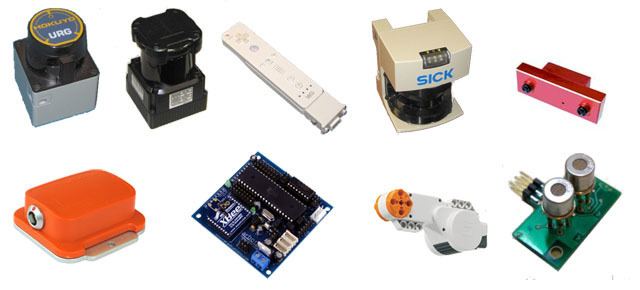 | ||
Robotic sensors are used to estimate a robot's condition and environment. These signals are passed to a controller to enable appropriate behavior.
Contents
Sensors in robots are based on the functions of human sensory organs. Robots require extensive information about their environment in order to function effectively.
Classification
Sensors provide analogs to human senses and can monitor other phenomena for which humans lack explicit sensors.
Sensors can measure physical properties, such as the distance between objects, the presence of light and the frequency of sound. They can measure:
Motion controllers, potentiometers, tacho-generators and encoder are used as joint sensors, whereas strain-gauge based sensing is used at the end-effector location for contact force control.
Internal sensor
It is the part of the robot.Internal sensors measure the robot's internal state. They are used to measure its position, velocity and acceleration.
Position sensor
Position sensors measure the position of a joint (the degree to which the joint is extended). They include:
Velocity Sensor
A velocity or speed sensor measures consecutive position measurements at known intervals and computes the time rate of change in the position values.
Applications
In a parts feeder, a vision sensor can eliminate the need for an alignment pallet. Vision-enabled insertion robots can precisely perform fitting and insertion operations of machine parts.
